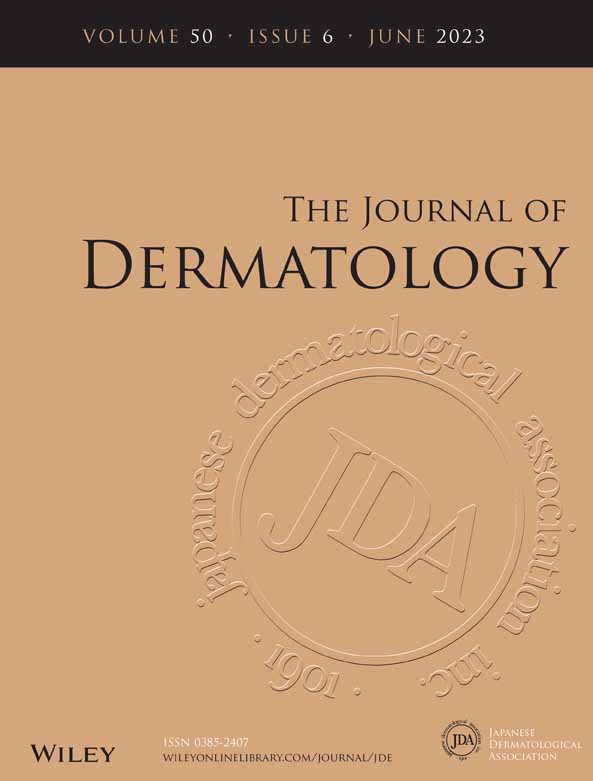The role of the topical nasal decongestant oxymetazoline as a novel therapeutic option for post-acne erythema: A split-face, double-blind, randomized, placebo-controlled trial
Abstract
Post-acne erythema (PAE) is one of the most common sequelae of acne inflammation. Unfortunately, the treatment of PAE remains challenging due to limited effective topical treatments. The objectives of this study were to evaluate the efficacy and safety of topical oxymetazoline hydrochloride (OxH) 0.05% solution for PAE. This study was a split-face, participants-and investigators-blinded, randomized, placebo-controlled trial conducted between December 2021 and March 2022 in Bangkok, Thailand. Healthy adults aged from 18 to 45 years with mild to severe PAE, according to the Clinician's Erythema Assessment (CEA), on both sides of the face were eligible. After randomization, each participant applied the OxH to one side of their face and a placebo to the contralateral face twice daily for 12 weeks. The primary outcome was PAE lesion counts. The secondary outcomes were erythema index, clinical response rate at week 12 (“clear,” “almost clear,” or “at least two-grade improvement” by CEA), and patient satisfaction scores. A total of 30 participants were enrolled. The OxH-treated skin showed a significantly greater mean difference (MD) reduction in PAE lesion counts than the placebo after 8 weeks of treatment (4.30, 95% confidence interval [CI] 1.42–7.18). Similarly, the MD reduction of the erythema index was higher in the OxH-treated skin from the second week (11.82, 95% CI 8.48–15.15). Additionally, the OxH-treated side also achieved a higher clinical response rate after 8 weeks of treatment (40.00% vs. 6.67%; p = 0.002) and rated higher satisfaction than those using the placebo at the end of the study (mean [standard deviation] satisfaction score 8.30 [0.18] vs 7.40 [0.18], P < 0.001). There were no serious adverse events or flares of erythema during the study. In conclusion, our study demonstrated that the topical OxH 0.05% solution was effective, well-tolerated, and safe for reducing PAE without a rebound effect. It could be a choice of PAE management. Trial Registration: Thai Clinical Trials Registry No. TCTR20211207004.
CONFLICT OF INTEREST STATEMENT
The authors have no conflict of interest to declare.
Open Research
DATA AVAILABILITY STATEMENT
All data are not available in the manuscript and supplementary material but can be made available from the corresponding author on reasonable request.




